On 7 October 1912, ‘Abdu’l-Bahá—the eldest son of Bahá’u’lláh, the founder of the Bahá’í Faith—addressed a group gathered at the Japanese Independent Church in Oakland, California, during his historic eight-month journey through the North American continent. “Ye must shine as stars radiating the light of love toward all mankind,” he told them, wishing that they “become the cause of love amongst the nations.”
Just across the San Francisco Bay, some 100 years later, over 550 young people from Northern California gathered at the Hyatt Regency hotel to deepen their understanding of that vision, one of true friendship and of service to their communities. The youth, of different backgrounds and experiences yet united in aim, opened their deliberations with prayers in English, French, Portuguese, and Spanish. The prayers were recited and sung to the music of guitar, ukulele, and violin. Two large murals, painted by youth from nearby Watsonville, flanked the stage and helped to create an atmosphere of joyful optimism that was to permeate the conference for the next three days: to the left, the depiction of a young person engaged in a service project with the caption, “How can there be movement without action? The stage is set to move the world”; to the right, a happy family, with an excerpt from a prayer of ‘Abdu’l-Bahá—“In the darksome night of despair, my eye turneth expectant and full of hope to the morn of Thy boundless favor….”
“If we put in the effort now we can establish a good future for our children.”
A participant at the conference
Continental Counsellor Navid Serrano, who together with Mrs. Anita Williams represented the Universal House of Justice at the conference, drew an analogy between the youth in Northern California and the giant redwood trees that grow in their region. The redwoods are among the tallest, broadest, and oldest trees in the world, he said, and they are so, partly because of the rainfall in the winter and fog during summer. He added that the trees have to withstand certain forces that threaten their existence, for example fire, and that their well-being relies on other plants that grow in the forest community.
Following this beautiful analogy, those gathered studied and shared reflections on the unique characteristics of the period of youth, and the importance of this special age as a time of focused service to humanity. Some participants discovered that it was helpful to view their generation as on a continuum that stretches for years before their time as youth, and will continue for years after. One group, for example, wrote down the contributions that their parents’ and grandparents’ generations made towards the betterment of their communities. These notes were taped onto the roots of a picture of redwood trees, and for the leaves and fruits of the tree, participants wrote down acts of service they hoped to carry out themselves. In another session, one young participant reflected, “If I do well in school, it may be more likely that my brothers and sisters will also do well. They are mimicking what they see.” “If we put in the effort now,” said another, “we can establish a good future for our children.”
The Oakland youth conference began with immense joy, and this sentiment only grew as the days proceeded. The displays of friendship and encouragement had a profound effect on those gathered, many of whom remarked on the influence that this had on their hearts. “The conference has changed the way I think about certain things,” said a young participant. “It is so joyful,” he continued, “people are greeting each other, we are happy and supportive. This is how I have always wanted things to be.”
MORE HIGHLIGHTS:
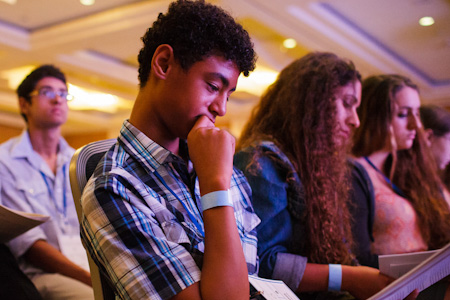
Participants studied and then consulted about the message of the Universal House of Justice dated 1 July 2013
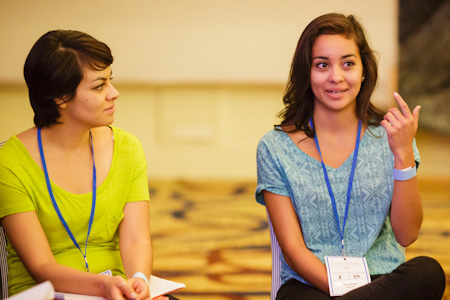
Those gathered shared their reflections in an atmosphere that was marked by unity and tolerance
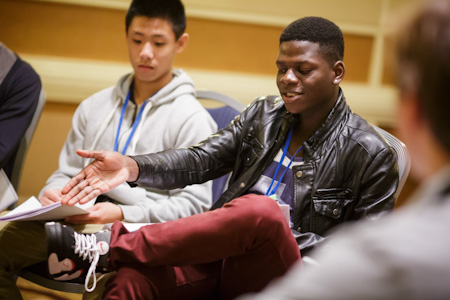
The participants were encouraged to shared their experiences in serving their communities
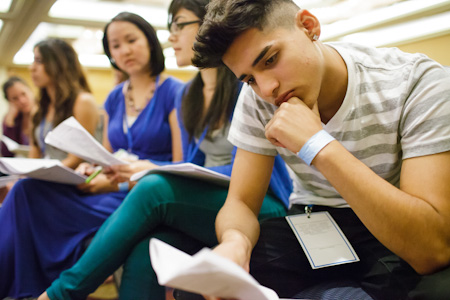
The materials assisted the youth to reflect on how they could support those younger than themselves

Participants split into large and small groups in order to study and consult about the conference themes
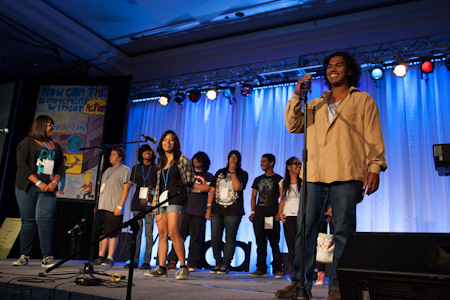
In the plenary sessions, the youth shared what they had discussed in their workshops
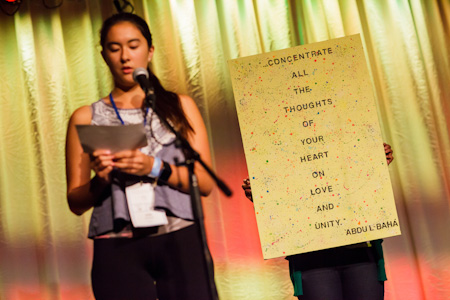
Participants used the conference themes and the Writings of the Bahá’í Faith as inspiration for artistic presentations
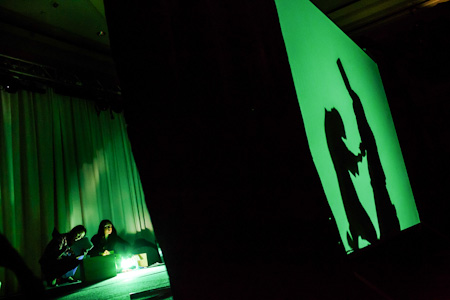
A group presented shadow puppetry depicting a story from the early history of the Bahá’í Faith
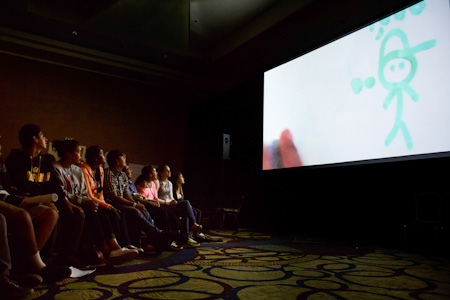
The evening presentations included short films on the theme of community building
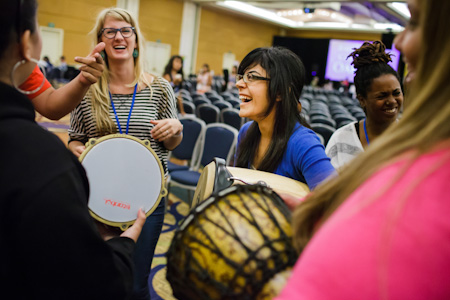
The conference was filled with the sounds of groups of youth singing and drumming together
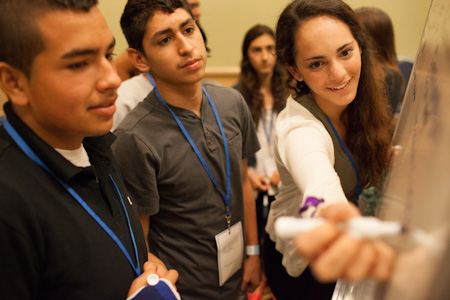
After discussing how they could encourage others in service to society, many made plans for activities upon their return home

Participants remarked that joy and fellowship were foremost among the characteristics that stood out during the conference

A group photo of some of the conference participants